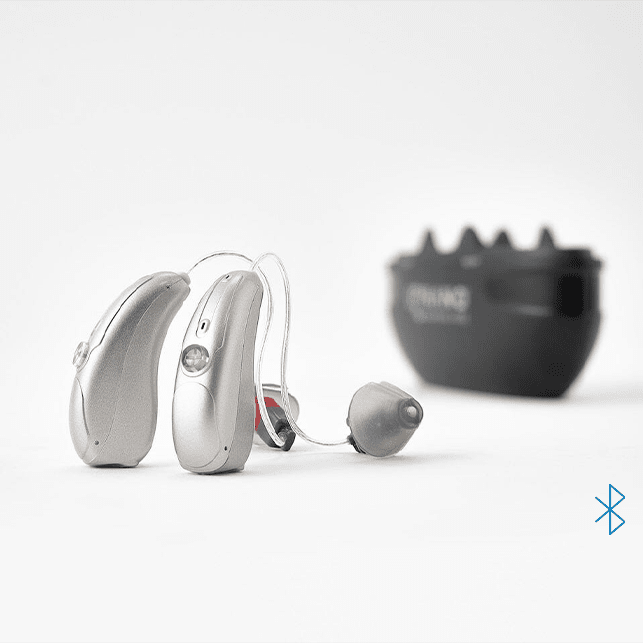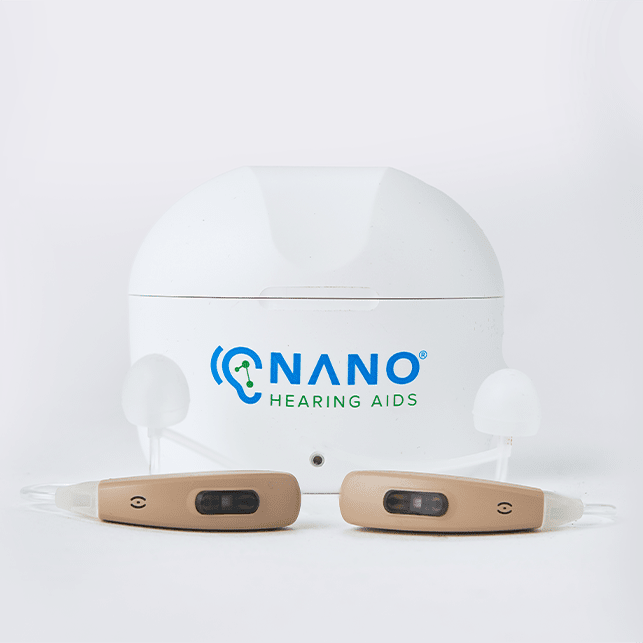Digital Hearing Aids: Advanced & More Powerful Than Before!
Digital hearing aids are used by people with hearing loss and are the most popular hearing device today. They have similar features to analog hearing aids. However, they have computer chips that allow them to convert sound waves into digital signals. They produce an exact duplication of sound because of their complex amplifying process. They can provide programmable flexibility and they can memorize several programs for use according to any changes to an individual's environment.



